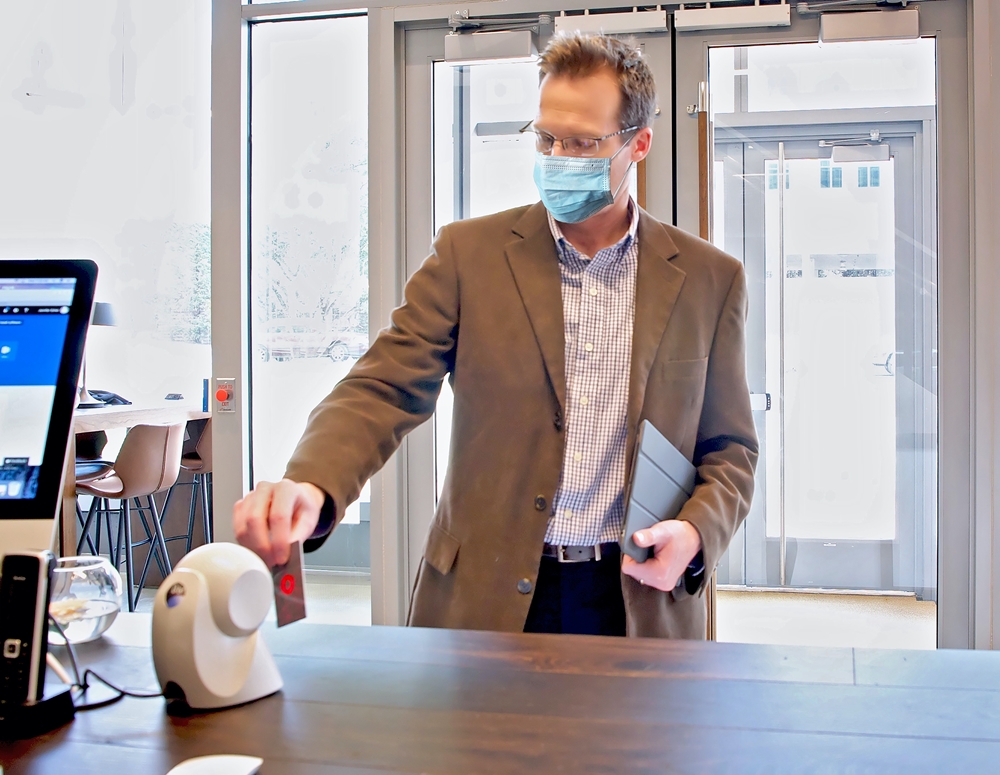Coworking’s Digital Alternatives in Coronavirus Times
Shared space operators are navigating the coronavirus pandemic by providing new types of memberships and other flexible solutions.
The coronavirus outbreak has shaken the entire real estate industry and continues to do so. However, companies are already planning their next moves and adapting to a new business environment. There has been a lot of talk about how the coworking sector will respond and stay afloat. The leaders in these companies are also thinking about how the workspaces will look like when people return to the office.
One major issue some coworking operators are facing is that they’re restricted by space limitations and lockdowns. According to Bryan Murphy, CEO of Breather, shared workspaces will change after the pandemic, and companies will look to flexible space to only pay for the amount of space they need, when and where they need it.
Due to restrictions and safety concerns, many shared-space users have canceled their memberships, opted for temporary downgrades or have shifted to digital-only memberships. Many space operators and providers experienced a dramatic drop in the number of new contracts and in order to keep their businesses afloat; some of them started giving membership discounts.
As a response to the current crisis, large players in the sector adopted new digitalized initiatives in order to meet cautious demand. The community-driven sector is adapting to the current social challenges by taking networking to the online realm. These alternatives are tailored to new business standards and will likely continue to emerge as more coworking space providers and operators jump in the game.
New York-based Serendipity Labs was one of the first companies to launch a COVID-19 digital program. The flexible space operator provides premium, members-only workplaces with a hospitality-focused offering at corporate standards. Its Emerging Stronger, Together initiative aims to support corporate workforce transitions back to the office as work-from-home orders are gradually lifted across the nation and also to make it easier for companies to serve many employees with one membership, regardless of the location. This way, the company’s space inventory is still being used, especially when demand coming from enterprise customers is still in place.
The Emerging Stronger, Together program includes a Workplace Transition Program, which consists of transferable workspace subscriptions for a private dedicated workspace for a flat monthly price. Available amenities include on-demand meeting and desk spaces by reservation through a mobile app.
Similarly, Texas-based Common Desk launched their Work from Home membership. The virtual, donation-based coworking offering enables people to enter the company’s member network. This way, people missing the feeling of professional community can connect during social distancing, while being able to opt for a customized monthly rate for membership.
Another example is The New York Times, which partnered with workplace provider Industrious in order to provide digital subscriptions to all members and guests. This collaboration ensures that every employee at each of its 100+ workplaces can access up-to-date news and could pave the way for how employees within shared workplaces will consume news. The partnership is an extension of Industrious’ Continuous program, created to offer sustainable work-from-home solutions to all members.
These programs meet government-imposed measures and encompass most required changes. They also provide both employees and companies alternatives that need less of a commitment in fluctuating times. Technology will play an even bigger role, becoming a key component of collective efforts to stay connected and productive. As for the flexible space sector, these digital memberships and alternatives are striving to meet the needs of a new digital workforce while providing human connection, exchange of ideas, support and the resources viable to any type of business.








You must be logged in to post a comment.